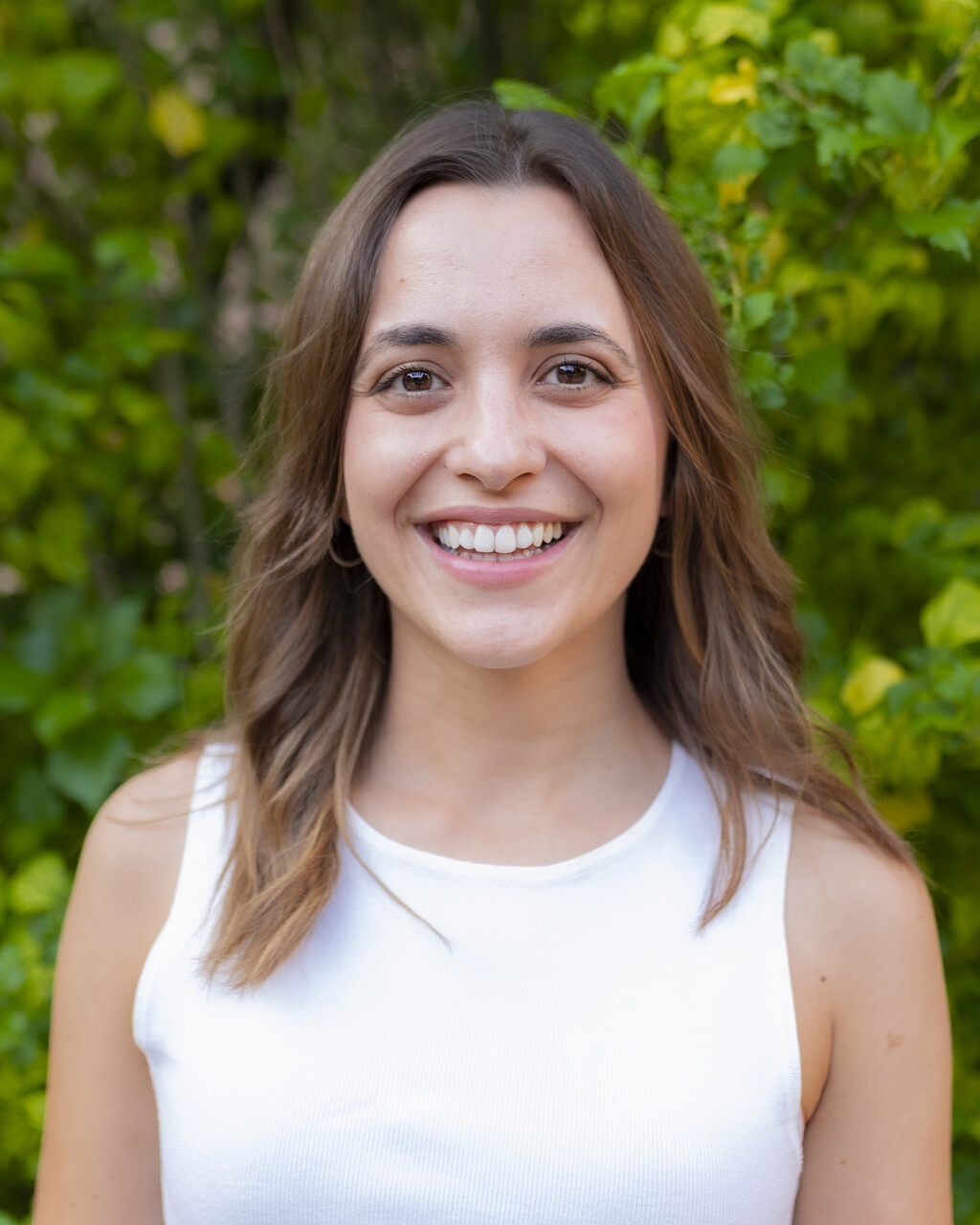 Laura ALVARO GOMEZ defended her thesis in 2023 in the
CEA-Irig/SPINTEC laboratory at Grenoble Alpes University, in co-tutorship with Complutense University, Madrid in the Nanosciences department of the IMDEA laboratory/foundation. In this thesis, Laura Alvaro Gomez studied the static and dynamic properties of chemically modulated 3D cylindrical nanowires. She employed high-resolution and high-frequency magnetic imaging techniques. Laura Alvaro Gomez based her work on an innovative and original idea, using a variety of experimental and digital techniques. In particular, she provided the first solid scientific basis for demonstrating micro-magnetism in chemically modulated nanowires and the interaction between morphological modulations and magnetic domain walls. Currently, Laura Alvaro Gomez is a post-doctoral fellow at the Complutense University of Madrid, Spain.
Laura ALVARO GOMEZ defended her thesis in 2023 in the
CEA-Irig/SPINTEC laboratory at Grenoble Alpes University, in co-tutorship with Complutense University, Madrid in the Nanosciences department of the IMDEA laboratory/foundation. In this thesis, Laura Alvaro Gomez studied the static and dynamic properties of chemically modulated 3D cylindrical nanowires. She employed high-resolution and high-frequency magnetic imaging techniques. Laura Alvaro Gomez based her work on an innovative and original idea, using a variety of experimental and digital techniques. In particular, she provided the first solid scientific basis for demonstrating micro-magnetism in chemically modulated nanowires and the interaction between morphological modulations and magnetic domain walls. Currently, Laura Alvaro Gomez is a post-doctoral fellow at the Complutense University of Madrid, Spain.
Thesis abstract: Cylindrical magnetic nanowires are a prototypical system for exploring the physics of three-dimensional magnetization dynamics, and are also proposed as building blocks for three-dimensional storage devices. Among other curvature-induced effects, they can host a unique type of magnetic domain wall (DW) known as Bloch-Point-Wall (BPW), whose topology allows for ultra-fast DW motion, thanks to largely delaying the Walker instability threshold. Recent pioneering work in the host group has shown experimental BPW motion under spin-transfer-torque with velocities of several hundred of m/s, but with stochastic pinning. To achieve a better control of DW motion, this thesis investigates engineered nanowires, composed of Permalloy segments separated by magnetic chemical modulations as controlled pinning sites. The synthesis was performed by single bath template-assisted electrodeposition. Subsequently, individual nanowires were electrically contacted to enable the injection of electrical pulses in the nanosecond range. X-ray magnetic imaging allowed the three-dimensional magnetic characterization, combined with micromagnetic simulations. This provided a comprehensive picture of curling magnetization at the chemical modulation location, and its coupling to the BPW azimuthal magnetization. Both can be addressed by the Œrsted field associated with an electric current. We have found that depending on its amplitude and duration, it can cause circulation switching, DW transformations or long-distance motion. We have identified the underlying mechanism of these phenomena, which relies on the interplay between volume topological objects (Bloch points) and surface objects (vortex-antivortex pairs). Finally, ultra-fast DW motion above 1 km/s from one modulation site to the next was achieved, driven by the combined effects of STT, Œrsted field and Joule heating, which cannot be disentangled experimentally.